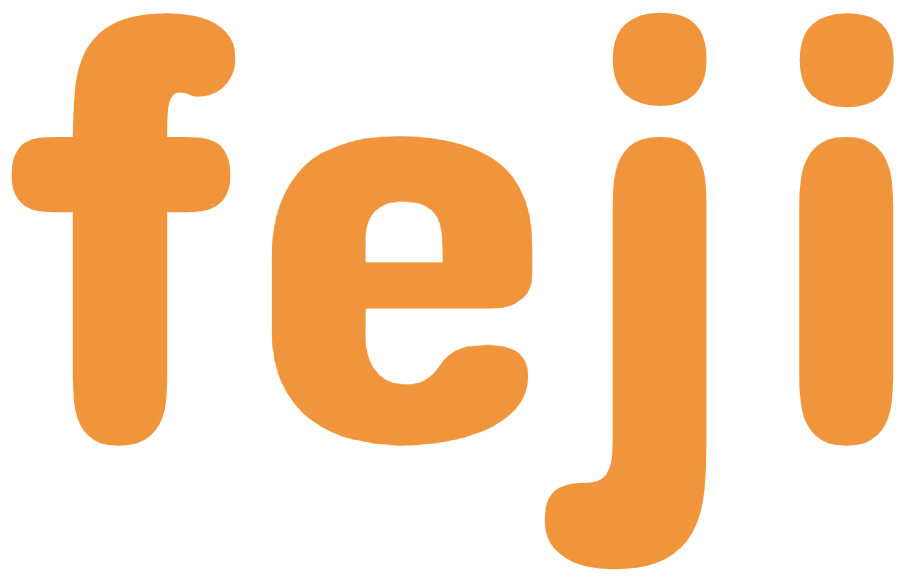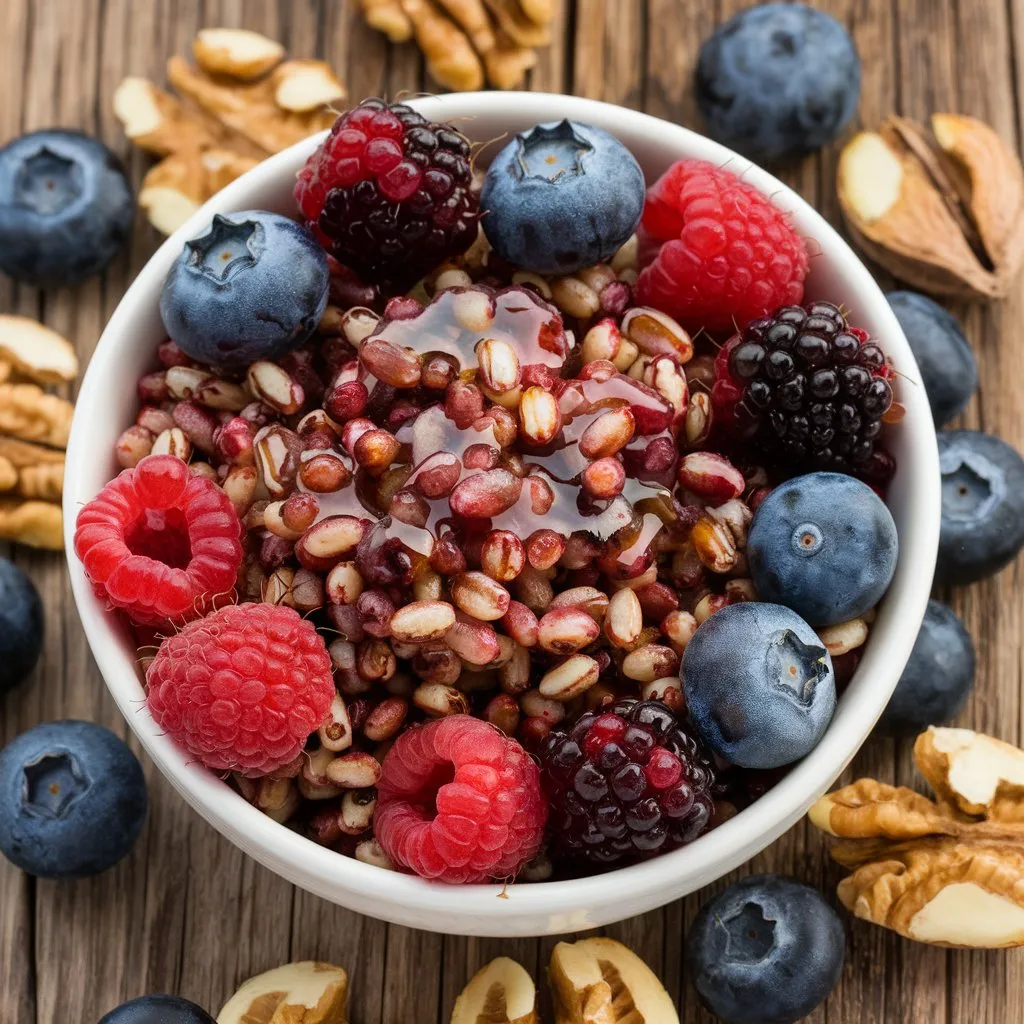Ancient grains are those resilient, time-honored cereals that have sustained human civilizations for millennia. In recent years, these nutrient-dense superfoods have reemerged in the modern diet due to their numerous health benefits and rich, diverse flavors. Adding ancient grains to your healthy cereal bowl is a marvelous way to boost your nutrition, and their unique textures and tastes can elevate your culinary experience.
Introduction to Ancient Grains
Ancient grains refer to a group of cereals and seeds that have been cultivated and consumed for thousands of years. Unlike refined grains, ancient grains are typically whole grains, retaining all essential parts of the grain kernel: the bran, germ, and endosperm. This means they are packed with nutrients, including fibers, proteins, vitamins, and minerals.
The Nutritional Powerhouse of Ancient Grains
Many people are turning to ancient grains for their well-rounded nutritional profiles. They are usually high in protein and fiber, both of which can contribute to satiety and digestive health. Furthermore, they’re often rich in antioxidants, beneficial fatty acids, and essential amino acids. Adding these grains to your daily diet can help reduce the risk of chronic diseases such as heart disease, diabetes, and cancer.

Types of Ancient Grains for Your Health Cereal Bowl
Here’s a closer look at some well-known ancient grains that you can consider for your health cereal bowl.
1. Fonio
Fonio is a tiny, nutrient-rich grain native to West Africa. It boasts a high protein content and is rich in amino acids like methionine and cysteine, which are often lacking in other grains. Fonio is gluten-free, making it an excellent option for those with gluten sensitivities. Its light, fluffy texture is perfect for breakfast cereals, giving you a great start to your day.
One cup of cooked Fonio contains:
- Calories: 170
- Carbs: 39g
- Protein: 2g
- Fat: 0.5g
- Fiber: 4g
- Daily Value (DV):
- Manganese: 60%
- Magnesium: 2%
- Iron: 4%
2. Rye
Rye is a popular grain in Europe and is known for its earthy flavor and high fiber content. Consuming rye can improve blood sugar control and promote a healthy gut environment. Rye is often used to make rye bread, but it can be included in cold or hot cereal dishes as well.
One cup of cooked Rye contains:
- Calories: 169
- Carbs: 36g
- Protein: 5g
- Fat: 1g
- Fiber: 8g
- Daily Value (DV):
- Manganese: 67%
- Magnesium: 30%
- Iron: 8%
3. Bulgur (Cracked Wheat)
Bulgur is a staple in Middle Eastern cuisine and is essentially pre-cooked, cracked whole wheat. It’s a great time-saver as it cooks quickly. Bulgur is rich in iron, magnesium, and fiber, helping maintain healthy digestion and enhancing energy production. Its nutty taste makes it a fine addition to breakfast bowls.
One cup of cooked Bulgur contains:
- Calories: 151
- Carbs: 34g
- Protein: 5g
- Fat: 0.4g
- Fiber: 8g
- Daily Value (DV):
- Manganese: 55%
- Magnesium: 15%
- Iron: 10%
4. Quinoa
Quinoa is incredibly popular among health enthusiasts due to its complete protein profile, meaning it contains all nine essential amino acids. Originating from the Andean region, quinoa is also high in magnesium, iron, and dietary fiber. Its versatile nature allows it to be used in both sweet and savory dishes, including health cereal bowls.
One cup of cooked Quinoa contains:
- Calories: 222
- Carbs: 39g
- Protein: 8g
- Fat: 3.5g
- Fiber: 5g
- Daily Value (DV):
- Manganese: 58%
- Magnesium: 30%
- Iron: 15%
5. Barley
Barley is amongst the oldest cultivated grains. It’s known for its high beta-glucan content, a type of soluble fiber that can lower cholesterol and improve heart health. Barley has a chewy texture and a slightly nutty flavor, and it makes for a nourishing addition to your breakfast cereal.
One cup of cooked Barley contains:
- Calories: 193
- Carbs: 44g
- Protein: 3.5g
- Fat: 0.7g
- Fiber: 6g
- Daily Value (DV):
- Manganese: 57%
- Magnesium: 18%
- Iron: 12%
6. Farro
Farro, also known as emmer wheat, is an ancient grain that has been a staple in the Mediterranean diet for centuries. It’s high in protein, fiber, magnesium, and iron. Farro’s chewy texture and nutty flavor make it a hearty and satisfying addition to cereal bowls.
One cup of cooked Farro contains:
- Calories: 340
- Carbs: 71g
- Protein: 14g
- Fat: 2g
- Fiber: 10g
- Daily Value (DV):
- Manganese: 25%
- Magnesium: 22%
- Iron: 15%
7. Freekeh
Freekeh is made from young, green wheat that is harvested early, then dried and roasted. This process locks in its nutritional value. Freekeh is rich in protein, fiber, and minerals, and it has a smoky flavor that can bring a unique taste to your cereal bowl.
One cup of cooked Freekeh contains:
- Calories: 250
- Carbs: 51g
- Protein: 10g
- Fat: 2g
- Fiber: 11g
- Daily Value (DV):
- Manganese: 32%
- Magnesium: 10%
- Iron: 18%
8. Teff
Teff is a tiny grain native to Ethiopia, known for its high iron content and complete protein profile. It’s gluten-free and is superb for individuals with celiac disease or those on gluten-free diets. Teff has a mild, nutty flavor and can be used in various breakfast dishes.
One cup of cooked Teff contains:
- Calories: 255
- Carbs: 50g
- Protein: 10g
- Fat: 2g
- Fiber: 7g
- Daily Value (DV):
- Manganese: 83%
- Magnesium: 18%
- Iron: 20%
9. Sorghum
Sorghum is a drought-resistant grain packed with antioxidants, fiber, and protein. It is gluten-free and has a mild, slightly sweet flavor, making it a good fit for cereals. Including sorghum in your breakfast can contribute to better digestive health and provide sustained energy.
One cup of cooked Sorghum contains:
- Calories: 194
- Carbs: 39g
- Protein: 5.5g
- Fat: 2g
- Fiber: 5g
- Daily Value (DV):
- Manganese: 44%
- Magnesium: 30%
- Iron: 12%
10. Khorasan Wheat (Kamut)
Khorasan wheat, commercially marketed as Kamut, is an ancient grain with a rich, buttery flavor. It is high in proteins, vitamins, and minerals like selenium. Including Kamut in your diet can support muscle growth and repair, enhance immune function, and promote overall well-being.
One cup of cooked Khorasan wheat contains:
- Calories: 251
- Carbs: 52g
- Protein: 11g
- Fat: 1.5g
- Fiber: 7g
- Daily Value (DV):
- Manganese: 60%
- Magnesium: 27%
- Iron: 22%
11. Millet
Millet is a small-seeded grain that has served as a staple in many diets around the world. It’s high in magnesium, calcium, and antioxidants. Millet’s mild, sweet flavor complements a variety of cereal dishes, and it’s especially good for those looking to boost their bone health.
One cup of cooked Millet contains:
- Calories: 207
- Carbs: 41g
- Protein: 6g
- Fat: 1.7g
- Fiber: 2.3g
- Daily Value (DV):
- Manganese: 24%
- Magnesium: 19%
- Iron: 6%
12. Amaranth
Amaranth was once a staple of the Aztec civilization. It’s considered a pseudocereal and is highly nutritious, boasting a complete amino acid profile. Amaranth is also rich in fiber, calcium, and iron. Its slightly sweet, nutty flavor can enhance the taste of your health cereal bowl.
One cup of cooked Amaranth contains:
- Calories: 251
- Carbs: 46g
- Protein: 9.5g
- Fat: 4g
- Fiber: 5g
- Daily Value (DV):
- Manganese: 105%
- Magnesium: 40%
- Iron: 29%
How to Incorporate Ancient Grains into Your Health Cereal Bowl
Creating your own health cereal bowl with ancient grains is not only simple but also allows you to customize flavors and textures to your preference:
-
Base: Start with your chosen ancient grain. You can use a single type, such as quinoa, or mix several grains like teff, amaranth, and millet for a diverse nutrient profile.
-
Cooking: Most ancient grains need to be cooked beforehand. Follow the specific instructions for each grain. As a general rule, use two parts water to one part grain and cook until the water is absorbed and the grains are tender.
-
Add-ins: Enhance your cereal bowl with nuts, seeds, fresh or dried fruits, and a dollop of yogurt or plant-based milk. This will add more fiber, healthy fats, and proteins to your meal.
-
Sweeteners and Spices: Natural sweeteners like honey, maple syrup, or a pinch of cinnamon can elevate the flavor without adding refined sugars.
-
Experiment: Don’t be afraid to experiment with different combinations of grains and toppings to find the mix that best suits your taste and nutritional needs.

The Health Benefits of Adding Ancient Grains to Your Diet
-
Enhanced Nutrient Intake: Ancient grains are a rich source of essential nutrients that are often missing in modern diets.
-
Improved Digestive Health: The high fiber content in these grains supports gut health, promoting regular bowel movements and reducing the risk of digestive disorders.
-
Heart Health: Many ancient grains contain compounds that lower cholesterol and reduce the risk of heart disease.
-
Sustained Energy: The complex carbohydrates in ancient grains provide a steady release of energy, preventing blood sugar spikes and crashes.
-
Weight Management: Their higher fiber and protein content can help you feel full for longer, aiding in weight management.
If you’re new to ancient grains, begin by gradually incorporating them into your meals. Start with one or two grains like quinoa or barley and work your way up to more unusual grains like teff and fonio. This approach allows your palate and digestive system to adapt comfortably.
Including ancient grains in your health cereal bowl can be a delicious and nutritious way to start your day. These grains not only offer a variety of flavors and textures, but they also provide a wealth of health benefits, from improved digestion and heart health to better weight management and sustained energy levels. By making ancient grains a regular part of your diet, you can tap into the wisdom of centuries past to enhance your modern lifestyle.

 Vietnamese
Vietnamese









Nguyen Hoai Thanh
Nguyen Hoai Thanh is the Founder and CEO of Metaconex. With 12 years of experience in developing websites, applications and digital media, Nguyen Hoai Thanh has many stories and experiences of success to share.